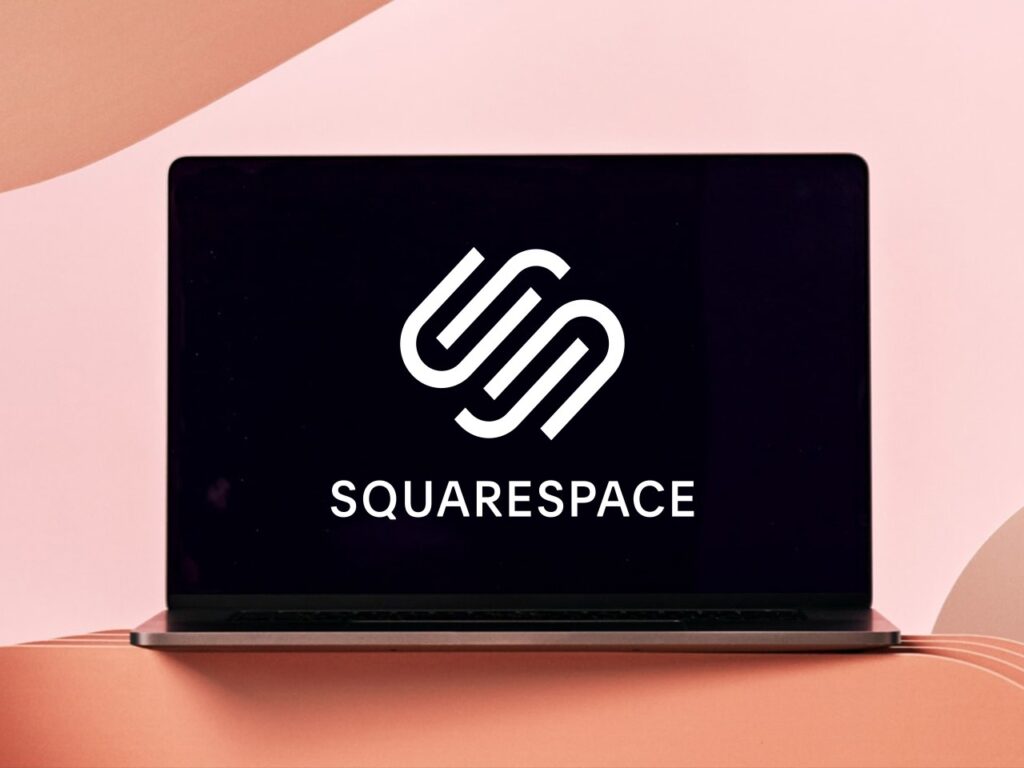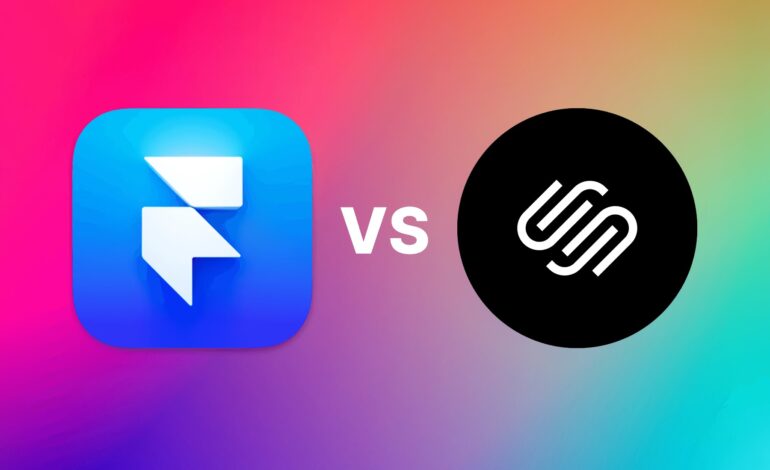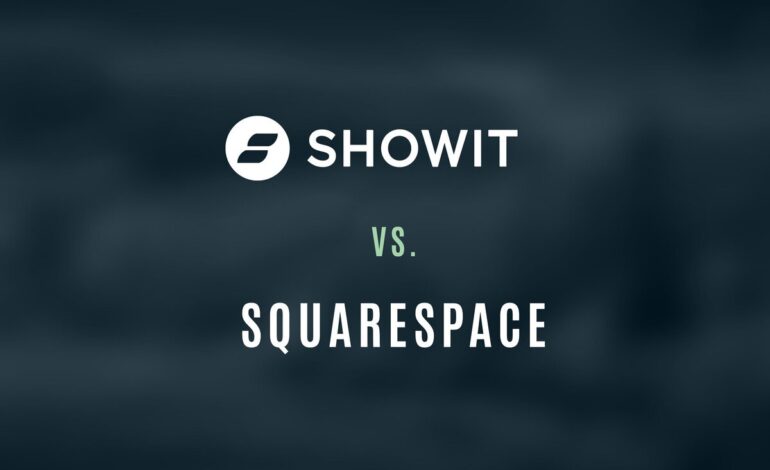
In the world of website building, two platforms often come up in discussions for creative professionals looking to establish their online presence: Cargo Collective and Squarespace. Both are popular choices, offering robust features for creating visually appealing websites. However, each has its unique strengths and weaknesses, making them more suitable for different users and projects. In this article, we will compare Cargo Collective and Squarespace across several key factors, including design flexibility, ease of use, pricing, customization options, and more.

1. Overview of Cargo Collective
Cargo Collective is a web platform designed specifically for creative professionals like artists, designers, photographers, and illustrators. It is a highly visual, content-first platform, and it emphasizes creative freedom and flexibility. Cargo provides a powerful set of tools to help creatives showcase their work in the most compelling way possible.
Founded in 2005, Cargo originally began as a portfolio platform for artists. Over the years, it has evolved into a fully-fledged website builder that caters to a diverse range of creative fields. Cargo provides various templates, including grid layouts, freeform layouts, and more, with a focus on minimalism and visual impact.
2. Overview of Squarespace
Squarespace, on the other hand, is a more general-purpose website builder that caters to a wide range of users. Launched in 2004, Squarespace has become one of the most popular website builders, especially among small business owners, bloggers, and creative professionals. It offers an all-in-one solution for building websites, blogs, and online stores.
Squarespace has earned a reputation for its clean, modern templates and ease of use. It provides a variety of templates designed for different industries, such as photography, eCommerce, blogging, and more. With Squarespace, users get access to built-in tools for SEO, marketing, eCommerce, and blogging, making it a versatile platform for those seeking an all-in-one solution for their website needs.

3. Design and Customization Options
Cargo Collective
Cargo Collective is known for its highly customizable design features, allowing creatives to build unique and personalized websites. It offers a range of templates with a focus on visual storytelling. Users have the ability to customize layouts, typography, colors, and other design elements to create a portfolio that reflects their style and creative vision.
One of the standout features of Cargo is its flexibility with grids, layout options, and image display styles. This makes it ideal for those who want to create a highly visual and art-driven website. However, this flexibility can be a double-edged sword. While it offers a great deal of creative freedom, users may find the platform’s interface more complex and harder to navigate compared to more traditional website builders.
Squarespace
Squarespace, while still offering a good deal of design flexibility, is more focused on ease of use. The platform provides a variety of stylish, pre-designed templates that are fully responsive, meaning they look great on both desktop and mobile devices. Squarespace’s templates are polished and modern, and they are a great starting point for users who want a professional-looking website without having to dive too deep into customization.
For users who want more control over their design, Squarespace allows for customization through its Style Editor, where you can adjust colors, fonts, and other elements. However, Squarespace’s level of customization is somewhat limited compared to Cargo, particularly when it comes to complex grid structures or advanced design modifications.
4. Ease of Use
Cargo Collective
Cargo Collective’s interface is designed with creative professionals in mind, but it can be a bit overwhelming for beginners. It does not have the drag-and-drop functionality that some users may expect from a website builder. Instead, it relies on a more hands-on approach where users need to edit code and tweak CSS for advanced customization. While this offers a great deal of flexibility, it may not be suitable for beginners or those without web development experience.
That being said, Cargo’s interface is intuitive for those with a design background or some technical knowledge. It provides a wide range of options for customizing your site, but it may require a steeper learning curve for users unfamiliar with website design principles.
[Squarespace](https://www.squarespace.com/?clickid=zpiy6FWK1xyKTtKwdVVlR18-Uk
CVmKWXfwnfW00&irgwc=1&utm_medium=pp&utm_source=Olivia%20Codigi&utm_campaign=Olivia%20Codigi&channel=pp&subchannel=4355927&source=Olivia%20Codigi) Squarespace is well-known for its user-friendly interface. The platform utilizes a drag-and-drop system, making it easy for even beginners to create a website without needing any coding experience. The dashboard is clean, and all of the tools you need to manage your website are easily accessible.
Squarespace also offers helpful features like content blocks, built-in eCommerce tools, and a comprehensive help center, making it a great option for users who want a straightforward, all-in-one solution.
5. Pricing
Cargo Collective
Cargo offers a free plan with limited features, but to access the full set of tools and remove branding, users will need to upgrade to a paid plan. Paid plans start at $9 per month, offering access to additional templates, customization options, and a custom domain name.
Squarespace
Squarespace offers several pricing tiers depending on the features you need. The most basic plan starts at $12 per month, with more advanced plans available for $18 and $26 per month. These higher-tier plans provide access to additional features like eCommerce tools and advanced analytics.
Choosing between Cargo Collective and Squarespace ultimately comes down to your specific needs and skill level. Cargo is ideal for creative professionals who want maximum flexibility in design, while Squarespace is perfect for users who prioritize ease of use and an all-in-one platform for building websites, blogs, or online stores.


